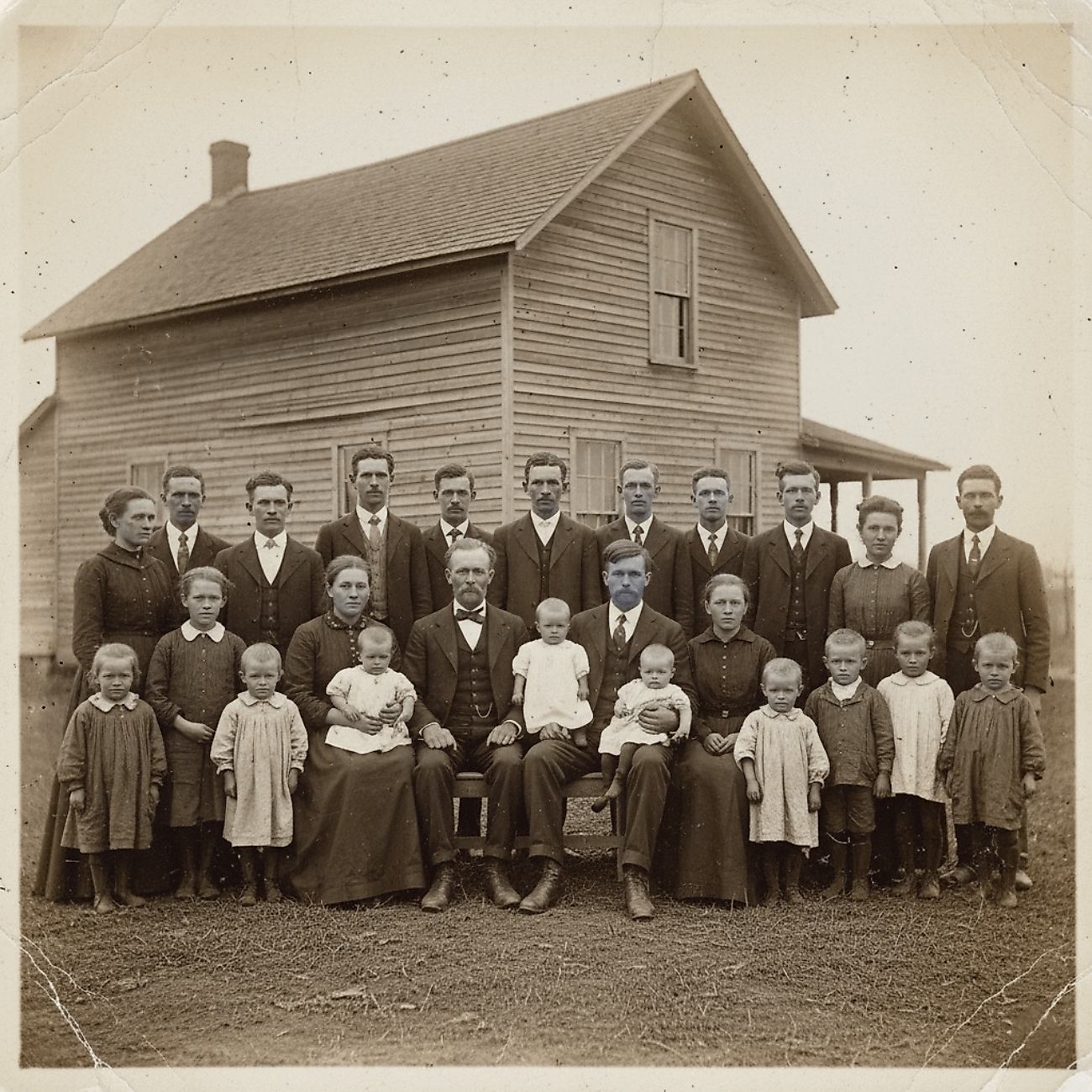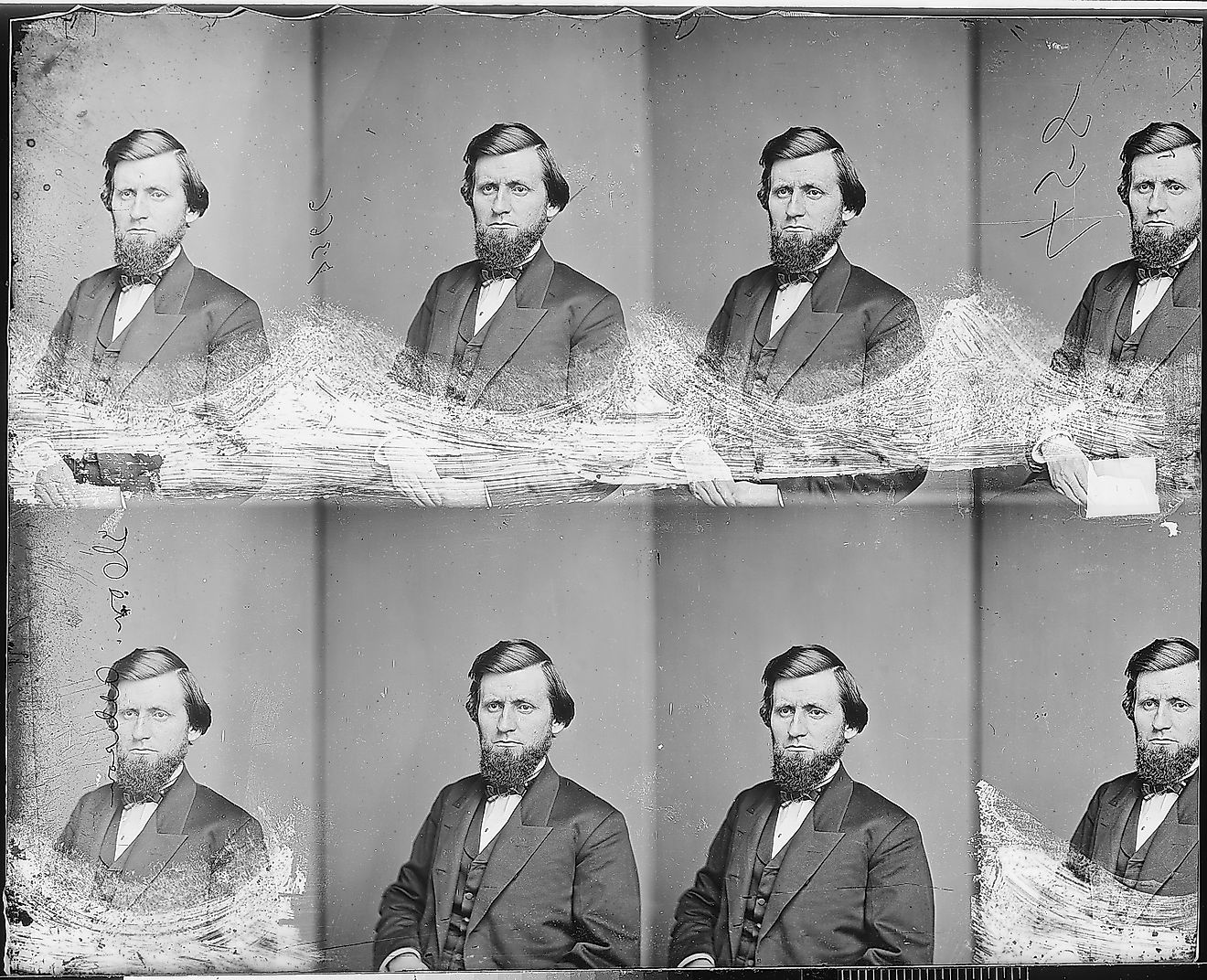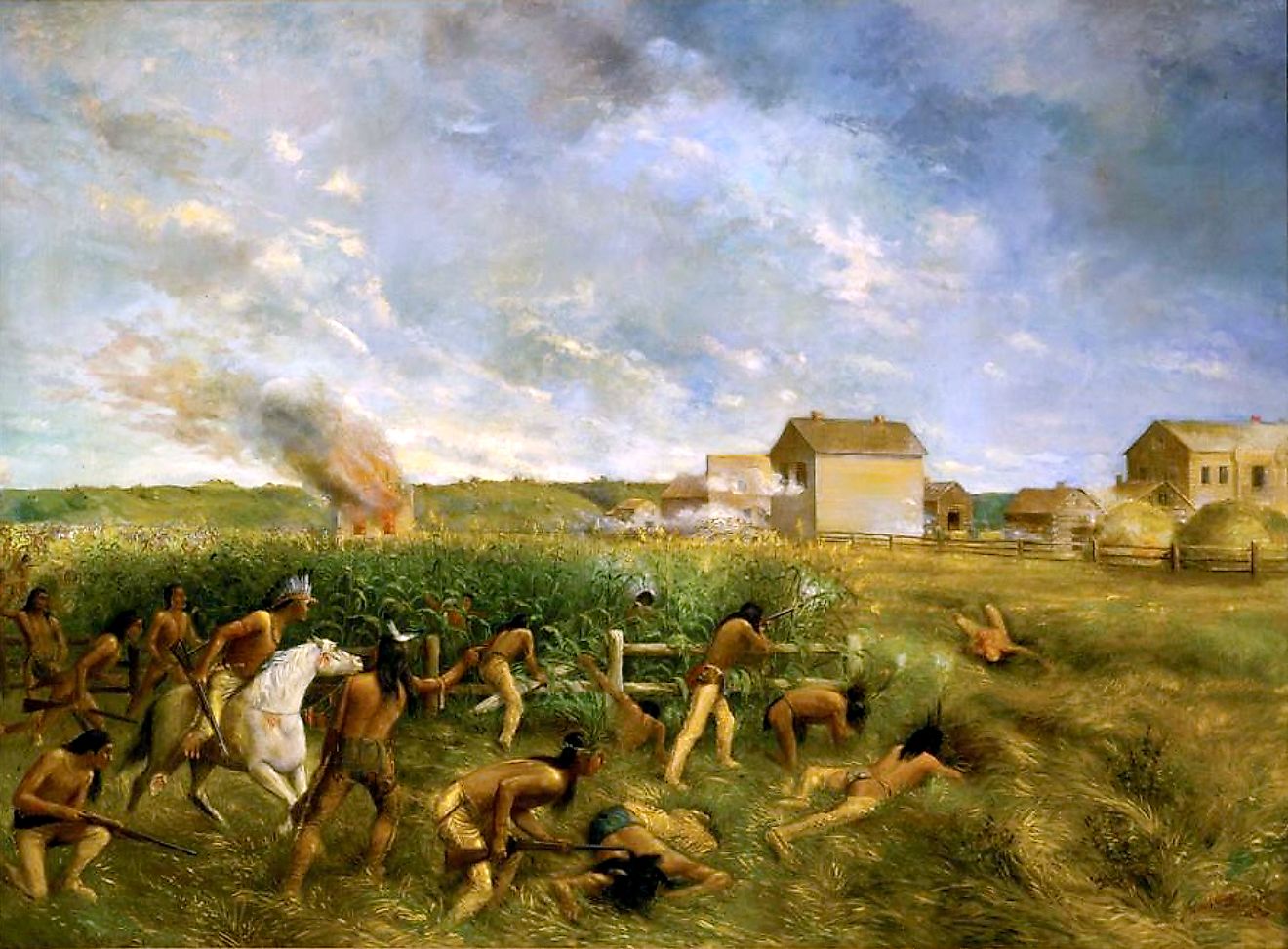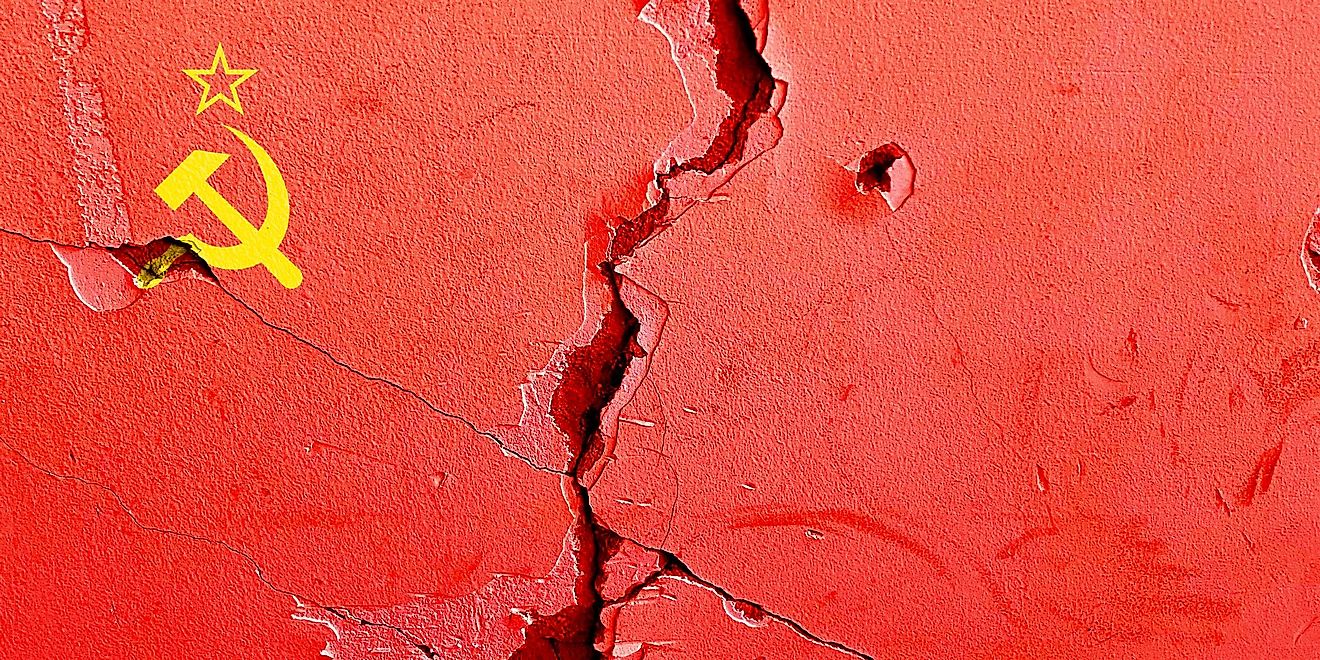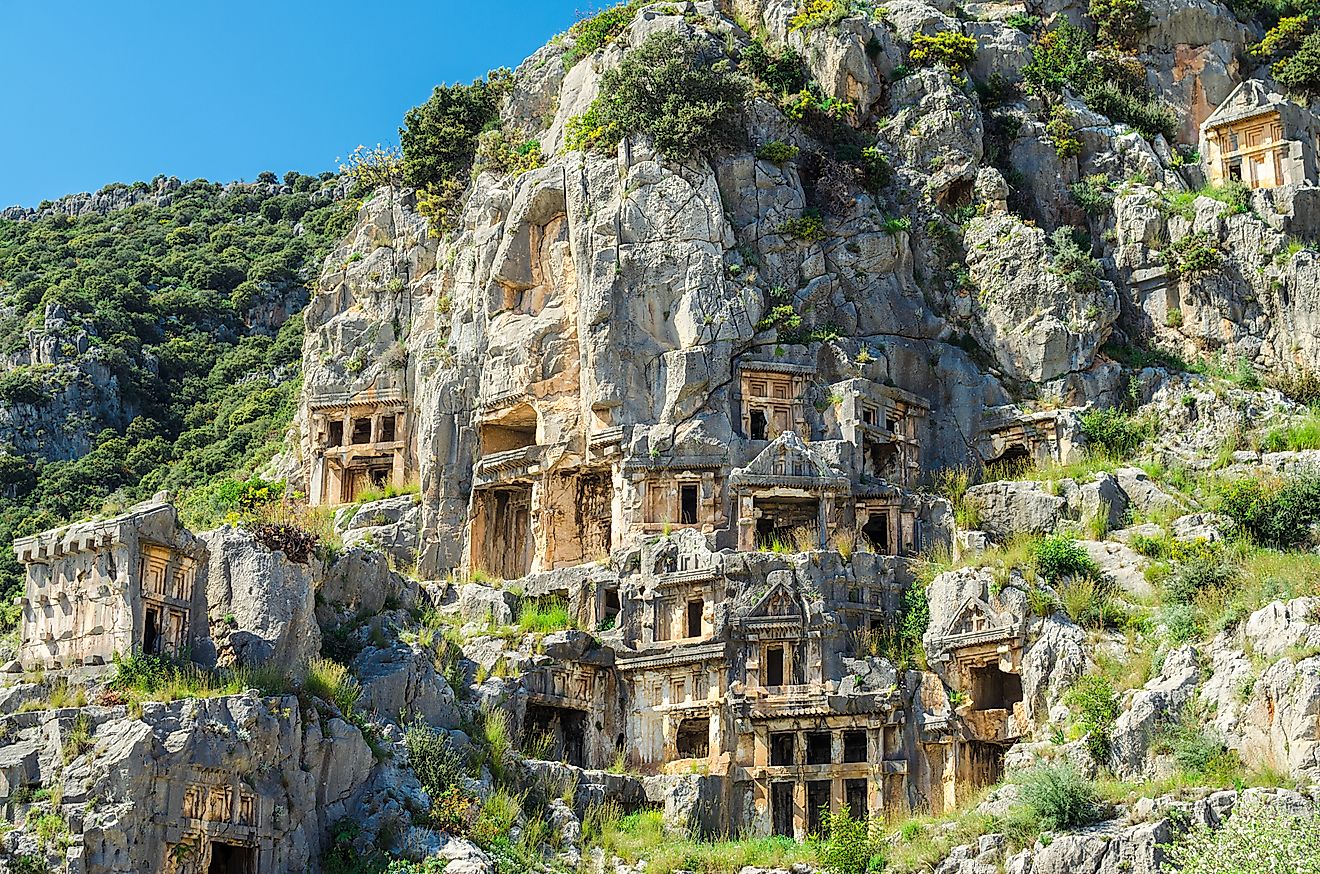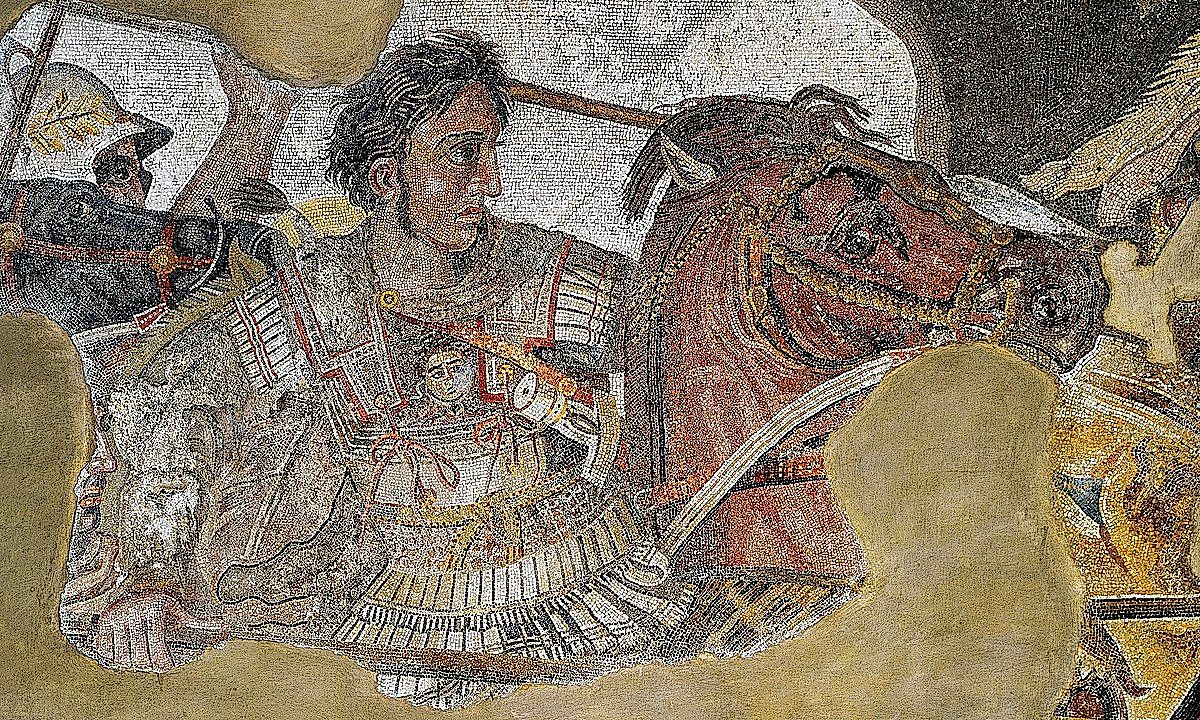
Why Does Russia Claim To Be The Successor To The Roman Empire?
Succession to power is a volatile topic. When kings died, scores of aristocrats often fought ruthlessly for the right to claim the throne. If the claim was legitimate, through succession or providence, competitors did not hesitate to seize power through force or deception. Therefore, when an entire empire falls, and the institutions and titles create a cornucopia of opportunity, the disputers are embattled nations rather than individuals. After the collapse of Rome and Byzantine, endless civil wars followed in their wake. Regions that the empires had formerly occupied became swallowed up by foreign or domestic successors, leaving the survivors to wonder where their culture and way of life had disappeared. Today, Moscow is nicknamed “The Third Rome” based on the history of the collapse of the first and second Rome, a transition in the Eastern Orthodox Church, and different claims unique to Moscow.
Fall Of The First Rome

The first Rome was the embodiment of a world power. Stretching between the southern edge of Scotland and the Persian Gulf, Rome was at its height in 117 AD during the reign of Trajan. Previous Roman Emperors, who followed the path of Caesar after he consolidated power away from the Roman Senate, had also worked to expand and maintain Roman territory. Alas, they spread too thin, and uprisings and rebellions led to a fractured Empire: East and West. The Eastern Empire began in 330 AD, whereas Rome officially fell as the Western Empire’s capital in 476 AD after German chieftains deposed the last Roman Emperor.
Fall Of The Second Rome

After the Roman Empire split, Byzantium became the new seat of Roman power. In one regard, this was because the Eastern Empire was significantly wealthier and stronger. Constantine the Great was the empire's first ruler and chose to rename the city Constantinople. Over a thousand years later, the Ottoman Empire marched to the city gates and overthrew the struggling Byzantines on May 29, 1453. An identity crisis occurred for the institutions that were governed from Constantinople as the city became populated and overseen by Islamic occupiers. The Ottomans also renamed the city Istanbul. Although the fall of the first Rome was carried on by groups that claimed ancestral descent, the title of Eastern Emperor was competed over by only a few adjacent interests, including Moscow and the Sultans that occupied it.
The Collapse Of The Eastern Orthodox Church

Alongside the fall of Constantinople came a period of tribulation for the Eastern Orthodox Church. In 1054, after the East and West Roman Empires split, a patriarch of the Orthodox Church was excommunicated from the Roman Catholic Church, thus heralding an era of the two separate churches. By 1453, fears of a Biblical apocalypse struck the hearts of Eastern Orthodox members when their religious capital was overrun. This vacuum of religious power created the opportunity for competing cities and institutions to claim succession. The influence of the Ottomans created chaos for the church, which had temporarily lost access to their leading ‘Basileus.’ Today, the Hagia Sophia in Istanbul is still widely identified by Orthodox members as their symbolic center of faith, despite its conversion into a mosque.
By Claiming Religious Succession

The turmoil in Constantinople created ripe conditions for Orthodox members in Moscow to claim their region to be the ‘Third Rome.’ Orthodox monks had settled the area in 1393 AD following Ottoman aggression into Orthodox territories and planted ideas of a Third Rome in political actors like Boris of Tver during this time. As early as 988, Vladimir the Great had become an Orthodox follower along with his region of Kievan Rus’ which granted him access to titles of imperial nobility. A monk by the name of Philotheus claimed Moscow’s Ivan III was the new Tsar (a title based on Caesar) and urged him to maintain Moscow as the Third Rome because the first two “have fallen […] and there will be no fourth.”
By Claiming Ancestral Succession

The most significant aid to Russia’s claim is their evidence of an ancestral succession. However, a deterrent to this claim is the reality that the original Russian Empire did not pass along rule by a system of inheritance. The Russian House of Romanov normalized this system of heirs as it was also being done throughout the monarchies of Europe, and this contemporary practice solidified the claim. Sophia Paleologue is the primary link here, as she was the niece of the last Emperor of Constantinople. She married Ivan III, who was again touted as the Tsar of Russia, in 1472. Therefore, Moscow had secured a means of claiming permanent succession to the throne of the Roman Empire, albeit Sophia’s brother did manage to sell his title to various nobility.
Countries With Competing Claims

Italy had also made claims to the Roman Throne, primarily related to Mussolini's attempt at conquest during World War II; after all, Rome is an Italian city. Prior, the Holy Roman Empire claimed to be a direct successor to Rome under the leadership of Emperor Charlemagne in 800 AD. When Germany reunified from the remains of the Holy Roman Empire, it competed for the title of Third Rome with France as well as Austria. France is notable due to the efforts of Napoleon to overwhelm his competitors, and the Pope's recognition gave him legitimacy. Spain and Britain have also participated in these claims. While the dust is still in the air on who rightfully can claim the honor, one fact is certain; legitimacy is everything in the game of medieval politics.
Modern proponents of the idea that Russia is the Third Rome established this narrative based on several factors. In retrospect, the title was not brought up until the 19th century when efforts to unite the Russian landmass were underway, and the ancient claim gave Emperor Alexander II the momentum he needed to accomplish that goal. Most of the strength of the claim came from the religious angle, and the Communist revolutions in 1917 forcibly reorganized such ideas about national identity. In the modern day, it is possible that the title has a use in explaining Russian expansionist policy, such as the current invasion of Ukraine, but it is uncertain how much this history has inspired Russian leaders like Vladimir Putin.






